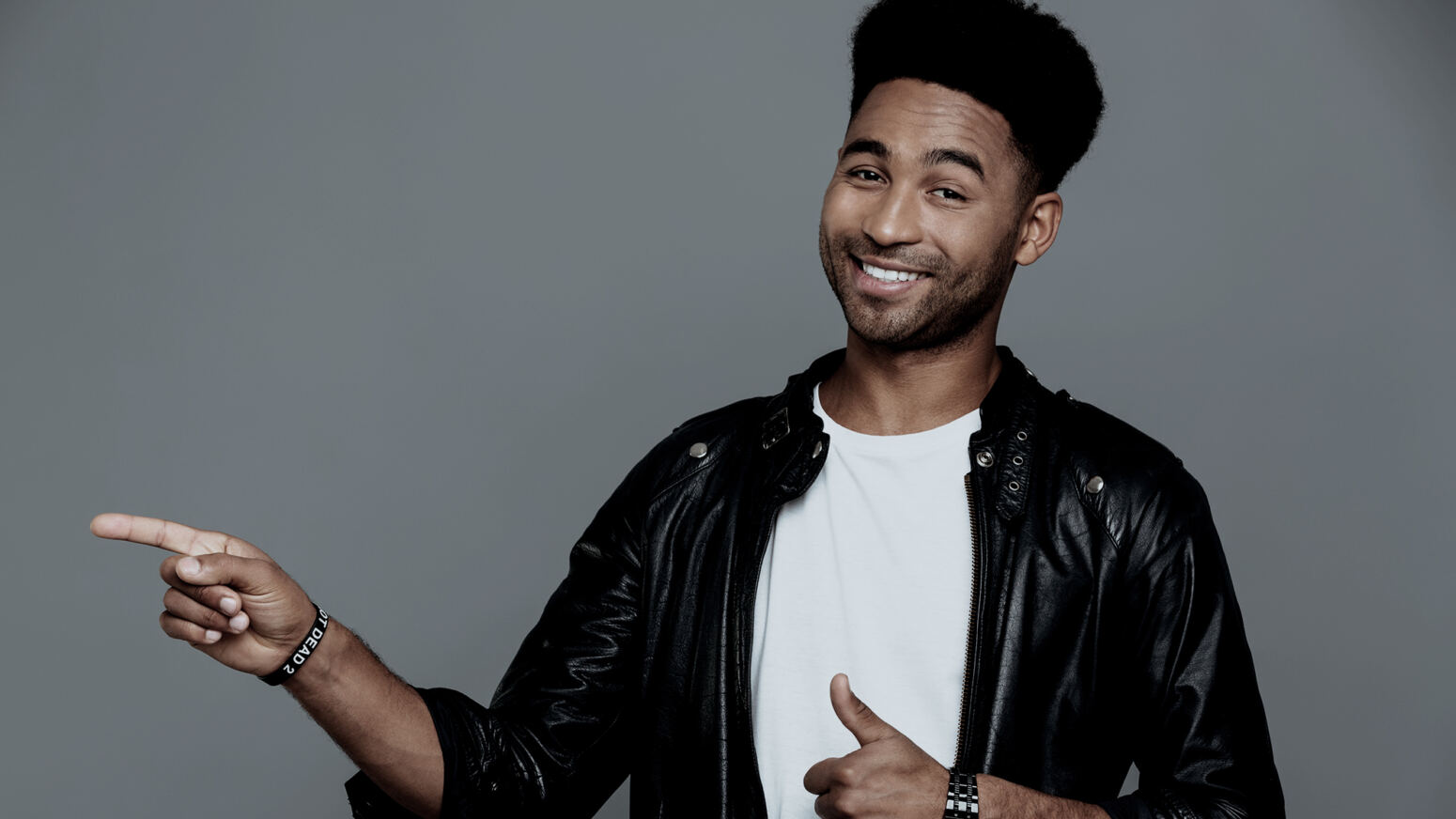Professor Emerita of Religious Studies, College of the Holy Cross Joanne M. Pierce does not work for, consult, own shares in or receive funding from any company or organisation that would benefit from this article, and has disclosed no relevant affiliations beyond their academic appointment. College of the Holy Cross provides funding as a member of The Conversation US.more 21 clergymen as new members of the College of Cardinals. The College is an important part of the church’s governance structure – each new member takes a formal oath during a ritual ceremony in the presence of present members of the College. known as a consistory , is the ninth that Francis has held to create new cardinals since 2013, when he succeeded the retiring Pope Benedict XVI. membership of the College from 221 to 242 , including retirees. Francis has ensured that the College includes clergy from around the world and is representative of the diversity within Catholicism. specialist in medieval Christianity , I have studied the complex history of the College of Cardinals. Shaped by past challenges, it is a crucial institution – for its members will elect the next pope and help develop the policies the Catholic Church will follow in the future.in private homes called house churches – domestic buildings that were later adapted solely for worship by members of the local Christian community. Overseers became bishop , elders became priests , and ministers became deacons . called the suburbicarian churches . a council held at one of the central churches in Rome – St. John Lateran – ruled that no layperson could be elected pope or influence the election of anyone to the papacy; only candidates holding the title of cardinal could be elected pope.nadir of the papacy ,” produced a series of unworthy popes, including Pope Stephen VI, who put the corpse of his predecessor on trial ; and Pope John XII, at 17 the youngest pope ever elected, who spent his papacy in the mid-10th century in drinking, gambling and debauchery.11th and early 12th centuries ; many individual cardinals came to direct administrative departments. a pope could only be elected by members of the College of Cardinals, and a special election consistory was mandated in 1179.Catholic legal system, the canon law . Others served as advisers to rulers in Catholic countries or directed groups of bishops in their local pastoral ministry.promulgated a universal Code of Canon Law . In it, the office of cardinal was restricted to priests and bishops, and deacons were excluded.all cardinals must be ordained bishops . Subsequently, John Paul II – pope from 1978 until his death in 2005 – dispensed certain exceptional priests, often elderly theologians, from this requirement. The first so honored in 1983 was the French theologian Rev. Henri de Lubac , and the first American, named in 2001, was Rev. Avery Dulles, S. J. .stressing the universality of the church , added several new cardinals from countries around the world.expanded the College to 88 cardinals, which his successor, Pope Paul VI, expanded to 134 – less than half the size of the College today. kept the title of cardinal for the remainder of their lives. Even before the September 2023 consistory, almost half of the total number of cardinals were over 80, and so were barred from voting in future papal elections.pope has “stacked ” the College with cardinals who are inclined to agree with his more liberal focus on inclusivity and social justice issues, rather than Benedict XVI’s stress on doctrinal orthodoxy and traditional values. Francis’ latest round of cardinal appointments have further underscored this tension .called Francis’ pontificate a “catastrophe ” in an anonymous letter sent to other cardinals in 2022. Cardinal Blase Cupich , archbishop of Chicago, has publically approved of the pope’s determination to “situate the church for its future” by emphasizing a more collaborative approach , and praising Francis’ stress on inclusion rather than division.Whatever the outcome of the next papal election, members of the College of Cardinals, as bishops in active ministry, diplomats, intellectuals and papal advisers, will have a profound role in shaping that future. Editing for Beginner and Professional Editors — Cape Town, Western Cape StellenboschX: Freedom of expression in the African media and digital policy landscape — Cape Town, Western Cape JOURNALISM AS SELF-DEFENSE: FEATURE WRITING IN A POST-TRUTH ERA — Cape Town, Western Cape Leader’s Angle: Gauteng | BRICS Prospects for South Africa and the Continent — Johannesburg, Gauteng Short course: Constitutional Law and Nature — Cape Town, Western Cape Register now The Conversation Africa, Inc.
source














Post comments (0)